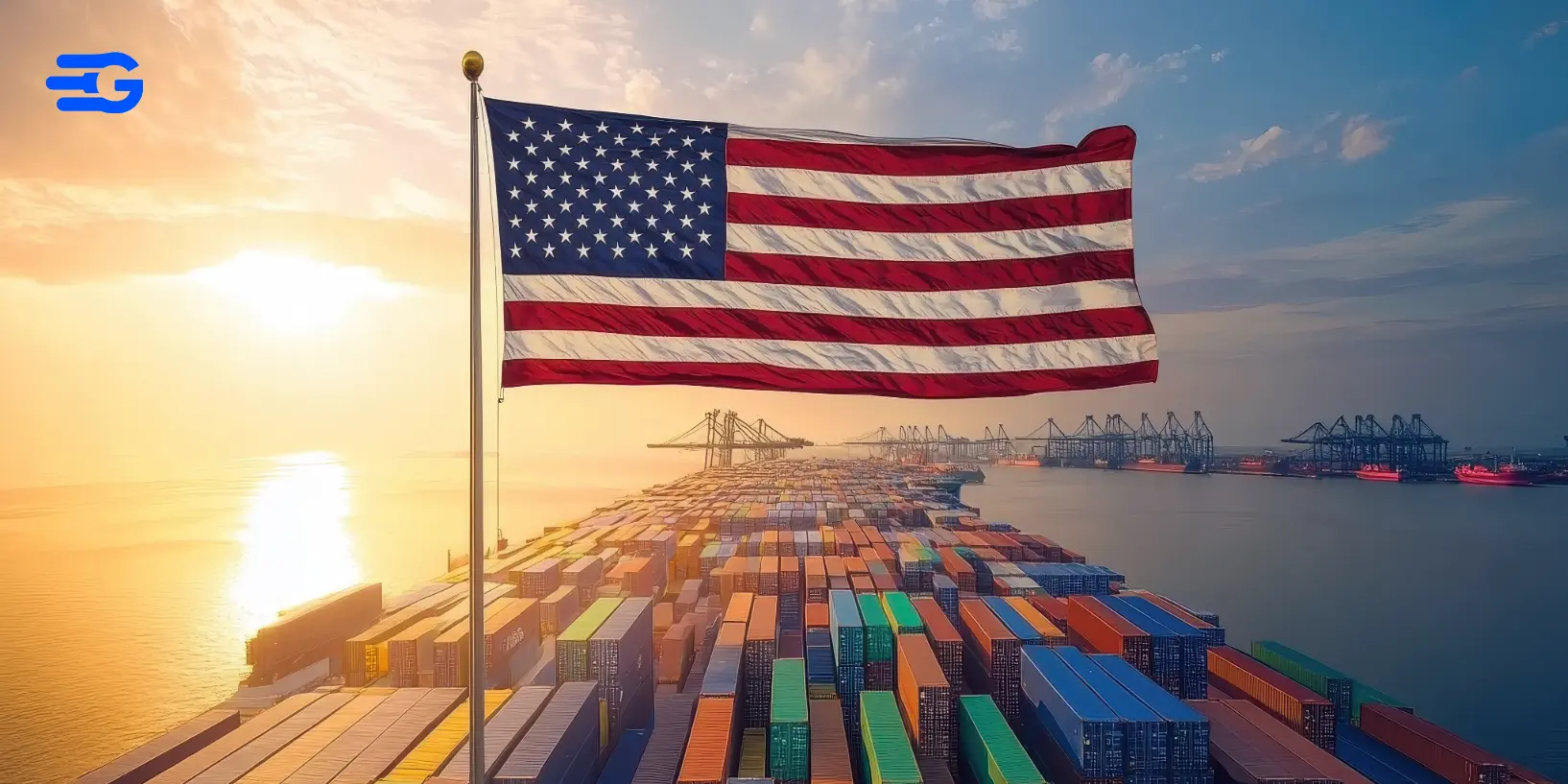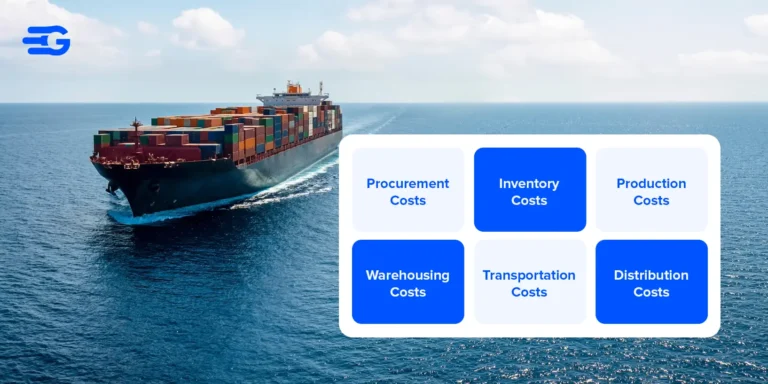US Tariff Watch: Key Moves, Dates, and What Changed This Week
The US is actively expanding tariffs across metals, timber, and furniture, and targeted sectors like heavy trucks and branded pharmaceuticals, while maintaining and refining China-focused Section 301 measures. Importers should track effective dates, in‑transit exceptions, and evolving exclusion rules to avoid unexpected costs.
Latest developments (week of Sep 29–Oct 1, 2025)
New Section 232 tariffs on timber, lumber, and certain wood products
- Effective Oct 14, 2025: 10% on softwood timber and lumber; 25% on certain upholstered wooden products and kitchen cabinets/vanities; some rates escalate Jan 1, 2026; drawback eligible.
- Administration communications also reference sector proposals for heavy trucks and furnishings; treat as preliminary until formalized in the Federal Register or CBP guidance.
Sector-specific tariff announcements: branded pharmaceuticals and heavy trucks
- China-focused Section 301 updates and truce mechanics
- USTR extended certain product exclusions through Nov 29, 2025 (official notice), sustaining relief for select lines such as solar equipment and other prior lists.
- Four‑year review outcomes keep elevated rates on EVs (100%), solar cells (50%), semiconductors (50% from Jan 1, 2025), and other targeted categories; future staged increases remain scheduled into 2026.
- China’s authorities extended suspension of their market‑based exclusion process to Oct 30, 2025, with approved exclusions valid until Dec 13, 2025, affecting bilateral flows and company planning horizons.
Structured snapshot: what’s in force now
- Reciprocal/border-wide tariffs
- Baseline reciprocal tariff policies have seen pauses, country carveouts, and sector overlays in 2025; current settings vary by proclamation and date, with in‑transit ocean exceptions tied to load and arrival cutoffs during specific windows.
- Section 232 (national security) metals
- Steel and aluminum (including many derivatives): 50% ad valorem in effect since Jun 4, 2025; UK at 25%. Additional HTS coverage added Aug 18, 2025; watch BIS inclusion windows for further scope changes.
- Section 301 (China)
- Elevated rates maintained/expanded across EVs, semiconductors, solar, medical supplies, and critical minerals per 2024–2025 actions; exclusion extensions now run to Nov 29, 2025; litigation continues to uphold earlier lists.
- Sectoral add‑ons (announced/implementing)
- Branded/patented pharmaceuticals: 100% from Oct 1, 2025 with US‑build exemption criteria; operational rules expected via formal guidance; plan contingencies for customs filings and proofs of construction status.
- Heavy trucks: 25% tariff targeted to start in early October; monitor Federal Register and CBP CSMS for entry coding and scope definitions.
- Timber, lumber, and wood products: 10%–25% Oct 14 effective date with January 2026 step‑ups on some items; drawback eligibility noted; partner‑specific caps for UK/EU/Japan highlighted in summaries.
Operational considerations for shippers and importers
- Confirm effective dates and time zones on each proclamation to prevent retroactive exposure; many 2025 measures trigger at 12:01 a.m. EDT on specified dates.
- Validate product mapping to newly added HTS lines, especially for derivative items swept into Section 232 coverage as of Aug 18, 2025; review content‑value rules where tariffs apply only to steel/aluminum content.
- Leverage still‑active Section 301 exclusions through Nov 29, 2025, and maintain documentation for eligibility at entry; reassess landed‑cost scenarios if exclusions lapse.
- For pharmaceutical entries, prepare evidence of US “is building” status where applicable to claim exemption once agency guidance is codified; expect heightened scrutiny at entry.
- Monitor in‑transit ocean carve‑outs tied to reciprocal tariff windows to optimize routing and ETAs where lawful.
What to watch next week
- Federal Register and CBP CSMS postings that codify the heavy‑truck and pharmaceutical measures, define scope, and provide entry instructions.
- Additional BIS inclusion cycle outcomes that may broaden 232 coverage in Q4 2025.
- USTR moves on China exclusions beyond Nov 29, 2025, and any adjustments to the four‑year review schedule items slated for 2026 activation.
Final Words
The landscape of US tariffs remains highly dynamic, with policy decisions driven by both economic and geopolitical factors. For global supply chains, continuous vigilance, flexible sourcing strategies, and proactive compliance are essential to navigate tariff shifts effectively. Staying informed and responsive, by monitoring government announcements and industry updates, will be critical for minimizing disruptions, managing costs, and maintaining competitiveness amid ongoing changes.






